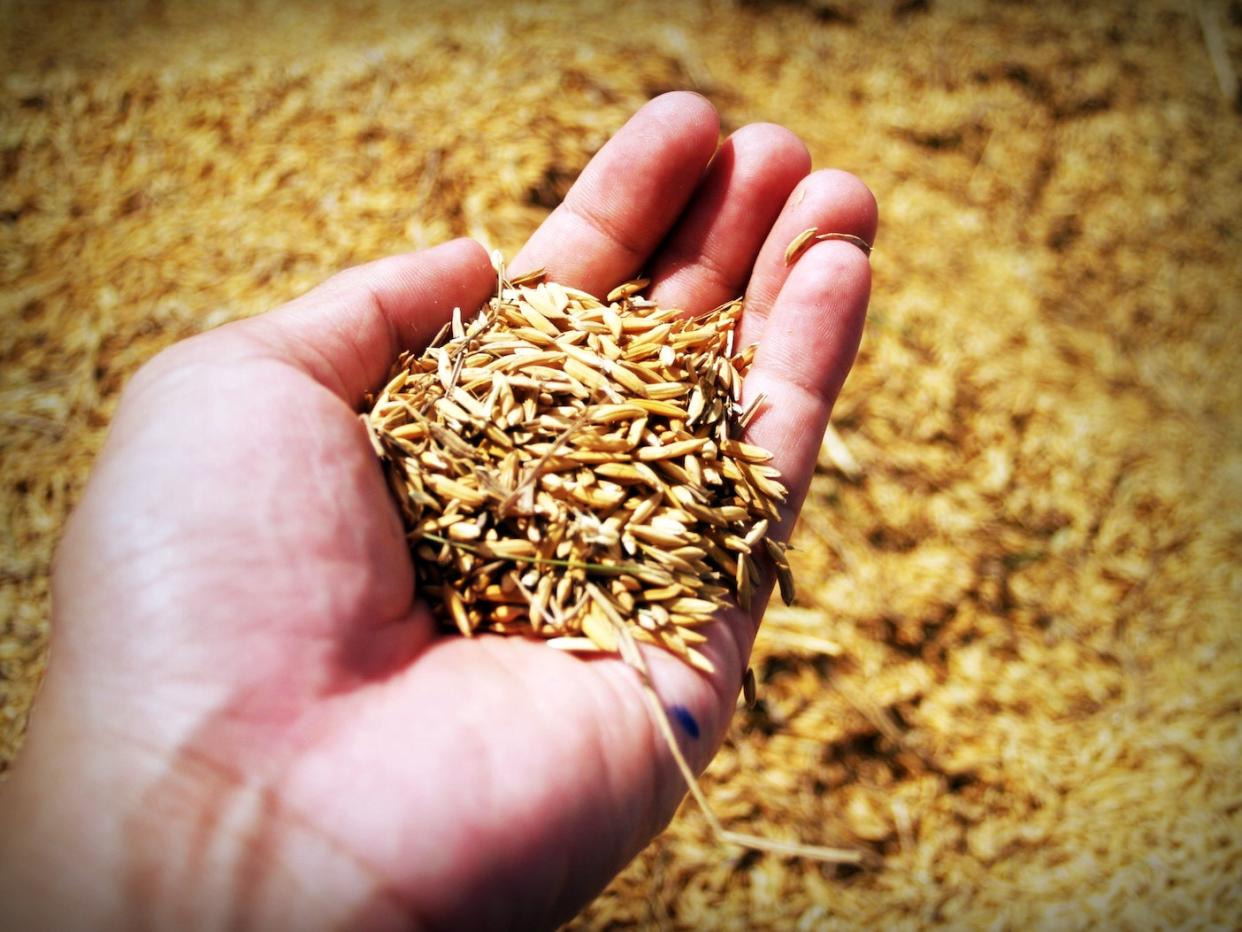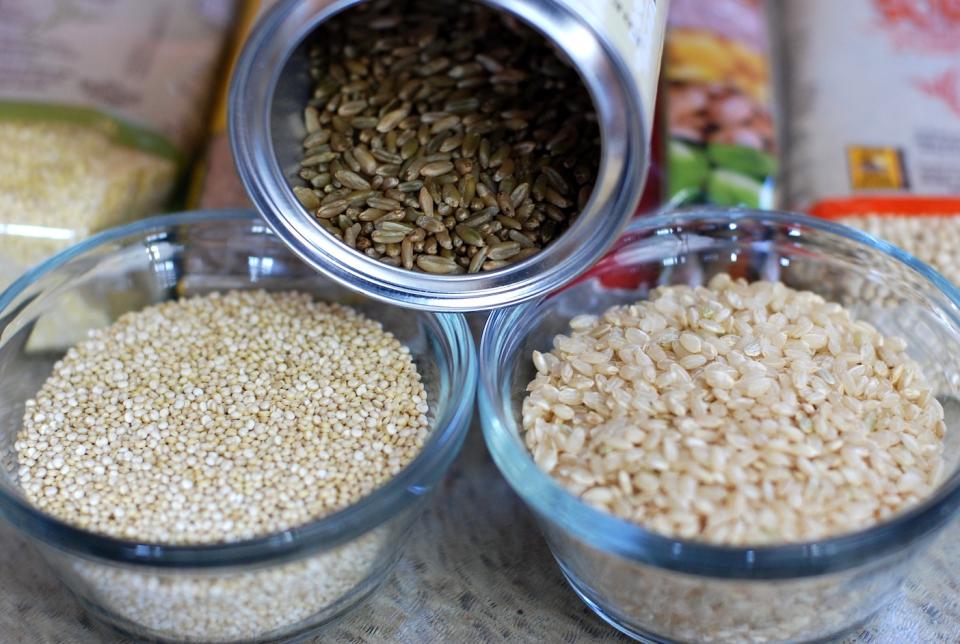Whole grains: What are they and why are they good for you?

When it comes to grains – those starchy foods that are a key component of a healthy diet – try to choose whole grains as far as possible.
Whole grains, which are the seeds of plants and have three parts – bran, germ and endosperm – are the healthiest grains. They are rich in vitamins, minerals, and compounds called phytochemicals, and have high fibre content. They also contain protein and healthy fats.
What are the different parts of a whole grain?
Bran is the fibre-laden outer layer and contains B vitamins, iron, copper, zinc, magnesium, and phytochemicals.
Germ is the core of the grain kernel and contains healthy fats, vitamin E, B vitamins, and phytochemicals.
Endosperm lies between the germ and bran and contains starch, protein, and small amounts of B vitamins and minerals.
Whole grains can be consumed in their whole form or ground into flour with the bran, germ and endosperm intact. In the processing of refined flours, however, the bran and germ are removed and only the endosperm is retained.
Health benefits of eating whole grains
Help to prevent damage to blood vessels
Help to reduce blood cholesterol levels
Lower the risk of heart disease, stroke, diabetes and certain cancers
Help with weight management by promoting the feeling of fullness and reducing the risk of overeating
The considerable health benefits of whole grains have been proven by research studies. For instance, the Harvard-based Nurses’ Health Study found that women who ate 2-3 servings of whole grains daily were 30 per cent less likely to have a heart attack or die from heart disease.

“All you have to do is replace your refined items with wholegrain items, e.g. instead of white rice, go for brown rice. Other than brown rice or wholemeal breads, you can enjoy a broad range of ready-to-eat wholegrain breakfast cereals, instant oatmeal, chapati and wholegrain biscuits,” advises Singapore’s Ministry of Health, which recommends that 25 per cent of every meal consist of whole grains.
Individuals with an allergy or sensitivity to gluten, a naturally-occurring protein, are advised to avoid whole grains containing gluten (e.g. wheat varieties, barley, rye), as recommended by their doctor.

10 types of whole grains
Wheat
Brown rice
Barley
Buckwheat
Bulgur
Millet
Oats
Rye
Sorghum
Quinoa
For ready-to-eat foods, ensure that the word “whole” appears among the first couple of ingredients. Any reference to “wholemeal” means the grain has been milled to a finer texture but retains the nutrient-rich bran and germ along with the endosperm.
Related stories:


